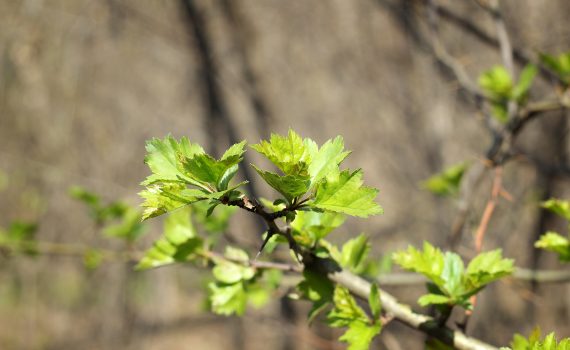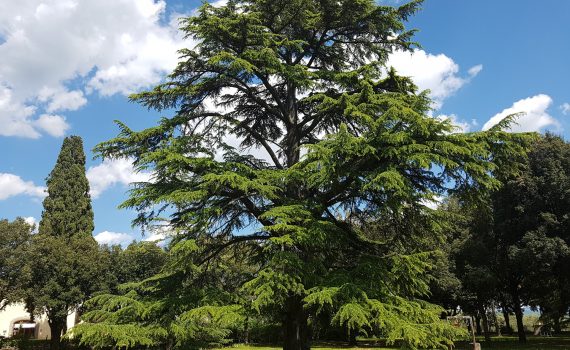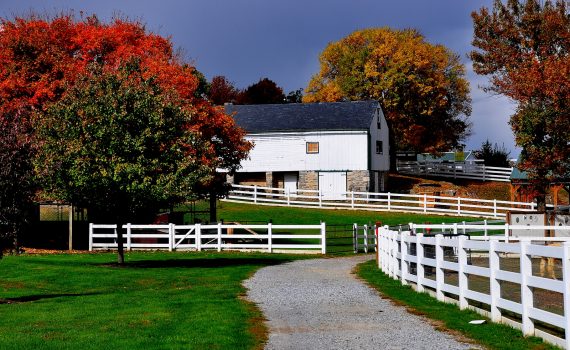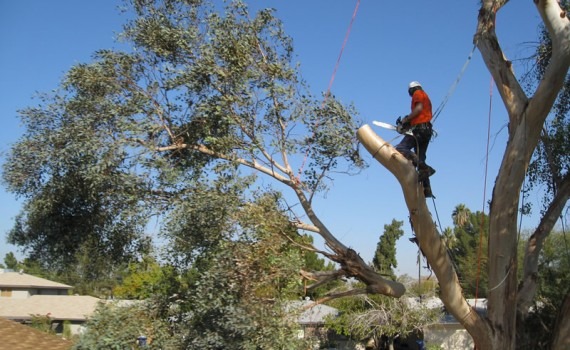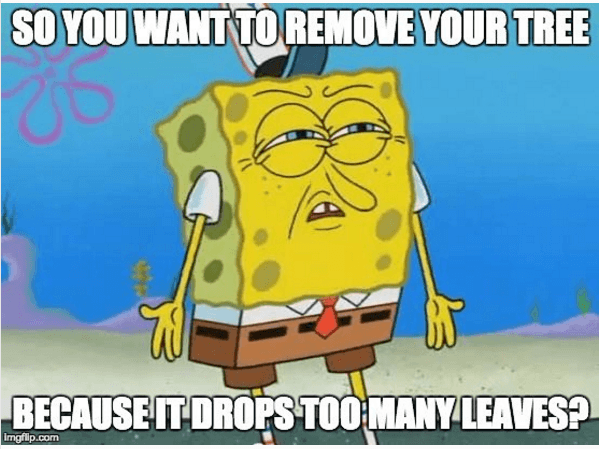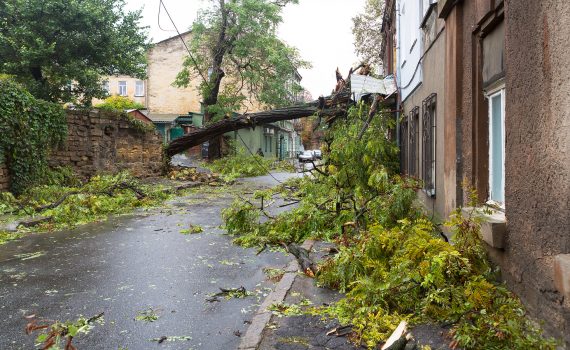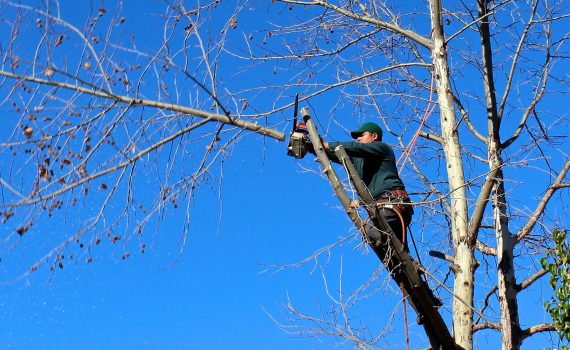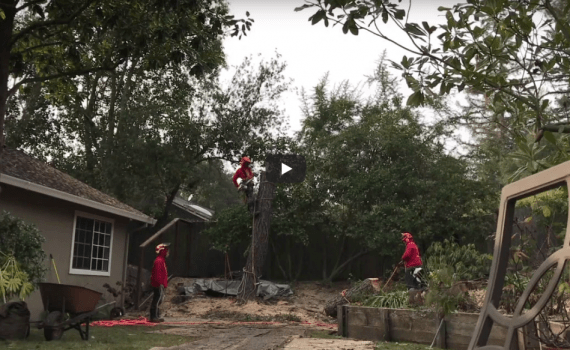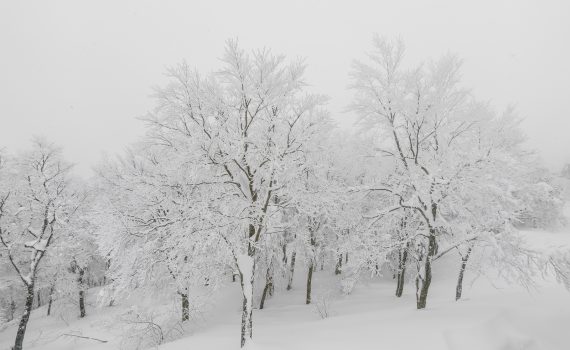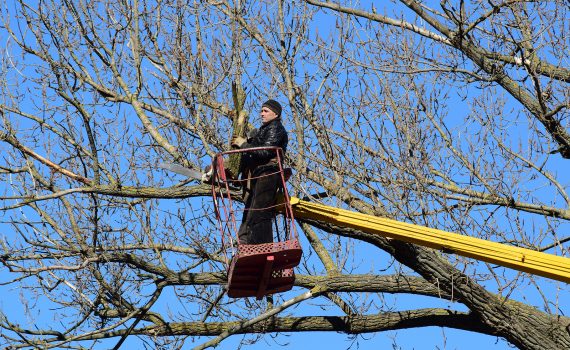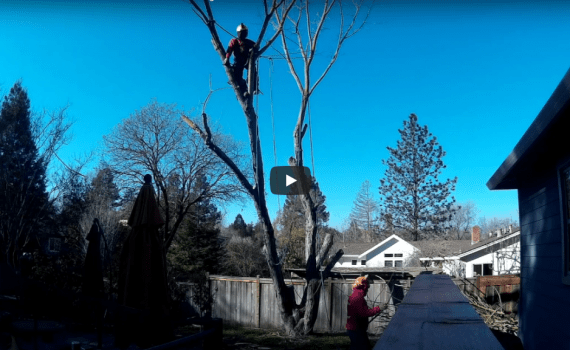While bare branches and naked landscapes are the telltale signs of winter, we expectantly await fresh, new growth in the spring. Warmer weather is the trees’ cue to leaf out and present their new springtime growth. But how do trees know when to grow their new leaves? And is there any way for us to predict this phenomenon?
While we can’t pinpoint with accuracy the date that trees will begin to sprout their new growth, there are various ways we can estimate the approximate timing by observing the environmental patterns trees respond to. This can help us to establish when to expect new growth by and how to best care for our trees to ensure they put forth new growth on time.
The Cue for Trees to Leaf Out
Trees sprout their new leaves according to temperature changes that are usually associated with going from winter to spring. During cold weather, it doesn’t make sense for trees to sprout new growth, with less water availability and sunlight. But once the weather starts warming up again, it’s time to capitalize on the increased sunlight and water availability.
Trees respond to two different aspects of our changing seasons. First, there must be a period of prolonged cold weather, at chilling temperatures between 25 and 50 degrees Fahrenheit. This helps to juxtapose the incoming warmer weather. These cooler temperatures trigger the balance of hormones and enzymes needed to break out new growth when warmer temperatures come.
While new growth won’t break through on the first warm day, once the days are more consistently warm, it signals to the tree that spring is here and it’s time for new growth.
Secondly trees respond to the longer days and shorter nights that come with changing seasons, syncing their new growth with the signals of spring.
What If Your Trees Don’t Sprout New Growth
There are several factors that can affect or inhibit new tree growth. Whereas trees have been shown to adapt to changing climate conditions, sudden changes can mean that trees don’t receive enough chilling to break dormancy once warmer weather comes.
If your tree seems to be barren but other trees in your area are sprouting new leaves and branches, don’t panic. It may be that your particular species of tree breaks out a little later than others. This is a normal phenomenon.
If you do become concerned that your tree is remaining leafless for longer than seems normal, contact your local arborist. An arborist will not only be able to diagnose any specific issues with your particular tree, but can also help you understand any local environmental trends that may be affecting new growth this year. If a tree is green inside, it’s still alive and waiting for its time to sprout forth.
However, if your tree doesn’t sprout or the new growth is shriveled or black you may need an arborist’s expert assistance to correct the issue.
While all trees sprout their new springtime growth on their own timing, if you’re concerned about your trees new growth, contact your local arborist for professional advice.
 Bringing Sexy Back Into Your Yards
Bringing Sexy Back Into Your Yards 
